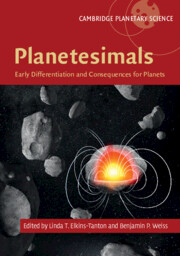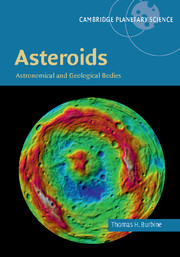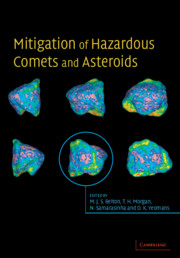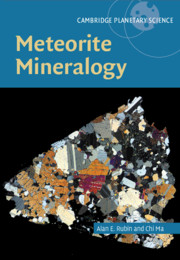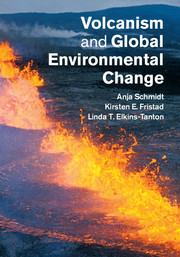Planetesimals
Processes governing the evolution of planetesimals are critical to understanding how rocky planets are formed, how water is delivered to them, the origin of planetary atmospheres, how cores and magnetic dynamos develop, and ultimately, which planets have the potential to be habitable. Theoretical advances and new data from asteroid and meteorite observations, coupled with spacecraft missions such as Rosetta and Dawn, have led to major advances in this field over the last decade. This transdisciplinary volume presents an authoritative overview of the latest in our understanding of the processes of planet formation. Combining meteorite, asteroid and icy body observations with theory and modelling of accretion and orbital dynamics, this text also provides insights into the exoplanetary system and the search for habitable worlds. This is an essential reference for those interested in planetary formation, solar system dynamics, exoplanets and planetary habitability.
- Review chapters serve as a broad introduction to the interdisciplinary field of planetesimals, the building blocks of planets
- Connects the science of meteorites and asteroids with mission discoveries and theory
- Focuses on the underlying chemical and physical processes governing planetesimals, as well as discussing recent developments in measurement and theory
Reviews & endorsements
'… a host of academic cosmogonists, meteoriticists, Solar System dynamicists, and planetary physicists have collaborated to write 17 review papers. These are collected to form this impressive book, one that is beautifully produced, well-illustrated and an ideal introduction to the topic for a researcher qualified in maths and physics … I recommend this book unreservedly. I was left with a feeling of great gratitude to the researchers who have spent so much time in explaining so clearly the intricacies of these minor solar System bodies.' David W. Hughes, The Observatory
Product details
January 2017Hardback
9781107118485
394 pages
252 × 180 × 24 mm
1kg
88 b/w illus. 40 colour illus.
Temporarily unavailable - available from TBC
Table of Contents
- List of contributors
- 1. Planetesimals Benjamin P. Weiss
- Part I. Dynamical Evolution:
- 2. Signatures of hit and run collisions Erik Asphaug
- 3. Using the main asteroid belt to constrain planetesimal and planet formation William Bottke and A. Morbidelli
- Part II. Chemical and Mineralogical Diversity:
- 4. Differentiation under highly reducing conditions: new insights from meteorites and mercury Timothy J. McCoy and Emma S. Bullock
- 5. Origin and evolution of volatile-rich asteroids Julie Castillo-Rogez and Edward Young
- 6. Silicate melting and volatile loss during differentiation in planetesimals Roger R. Fu, Edward Young, Richard C. Greenwood and Linda T. Elkins-Tanton
- 7. Iron and stony-iron meteorites: evidence for the formation, crystallization, and early impact histories of differentiated planetesimals Alex M. Ruzicka, Henning Haack, Nancy L. Chabot and Edward R. D. Scott
- 8. Arguments for the non-existence of magma oceans in asteroids Lionel Wilson and Klaus Keil
- 9. Magnetic fields on asteroids and planetesimals Aaron Scheinberg, Roger R. Fu, Linda T. Elkins-Tanton, Benjamin P. Weiss and Sabine Stanley
- 10. Magnetic mineralogy of meteoritic metal: paleomagnetic evidence for dynamo activity on differentiated planetesimals Richard J. Harrison, James F. J. Bryson, Claire I. O. Nichols and Benjamin P. Weiss
- 11. Chronology of planetesimal differentiation Thorsten Kleine and Meenakshi Wadhwa
- 12. Stable isotope evidence for the differentiation and evolution of planetesimals Anat Shahar, Paul Savage and Fred Moynier
- Part III. Asteroids as Records of Formation and Differentiation:
- 13. Composition of Solar System small bodies Pierre Vernazza and Pierre Beck
- 14. Evidence for differentiation among asteroid families Thomas H. Burbine, Francesca E. DeMeo, Andrew S. Rivkin and Vishnu Reddy
- 15. Dawn at Vesta: paradigms and paradoxes Carol A. Raymond, Christopher T. Russell and Harry Y. McSween, Jr
- 16. Planetesimals in debris disks Andrew N. Youdin and George H. Rieke
- Part IV. Early Differentiation and Consequences for Planet Formation:
- 17. Consequences for planet formation Linda T. Elkins-Tanton
- Index.

